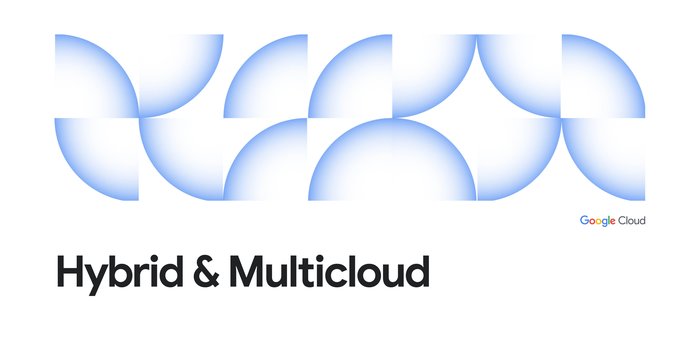Timeseries Insights API for low latency anomaly detection at scale is now GA

Alex Martin
Product Manager, Vertex AI
Julian Geiger
Manufacturing Solution Manager
Google Cloud is excited to announce the general availability of Timeseries Insights API, a powerful and efficient service for large-scale time-series anomaly detection in near real-time. Designed to help businesses gain insights and analyze data from various sources such as sensor readings, clicks, and news, the Timeseries Insights API allows businesses to process terabyte (TB) sized time-series data with sub-second response times.
Timeseries Insights API works natively with Google Cloud’s Manufacturing Data Engine. Manufacturers can easily tap into this powerful service to drive anomaly detection at scale on data stored by this solution.
Key features and benefits
Google Cloud’s Timeseries Insights API offers several significant benefits, including:
Anomaly and trend detection: The API enables users to detect trends and anomalies across multiple event dimensions.
Large scale: It can handle TB-scale datasets consisting of tens of billions of events and running thousands of queries per second.
Low-latency queries: The API is capable of returning query results in near real-time, with sub-second latencies, making it suitable for use as a backend for interactive, user-facing applications.
Real-time analysis: With its streaming update interface, the API allows users to perform real-time, context-dependent analysis over time-series data.
Serverless and fully managed: The Timeseries Insights API is fully managed, allowing users to focus on insights rather than managing infrastructure.
Flexible query language: The service comes with an intuitive API and simple parameters, making it easy to construct queries.
Use cases and early adopters
Several industries can benefit from time-series data prediction and analysis offered by the Timeseries Insights API. IoT companies can correlate multiple sensor data sources in real-time, content providers can monitor news and event streams to identify trending clusters, and network infrastructure and monitoring providers can analyze traffic logs for anomalous behaviors.
The GDELT Project (Global Database of Events, Language, and Tone) is a massive open data project that aims to monitor the world's news media in real-time to provide a comprehensive and open repository of global human society's behaviors, beliefs, and attitudes. GDELT today encompasses more than 8.5 trillion data points spanning global events and narratives in 150 languages across text, television, radio, and image-based news dating back 200 years, and updating in real-time from almost every country on earth.
The Timeseries Insights API allows GDELT to sift through this immense planetary-scale archive to identify the earliest glimmers of tomorrow’s biggest stories in real time.
“GDELT uses Google Cloud’s AI APIs, including the video, vision, speech-to-text, natural language and translation APIs to annotate a massive global firehose of data,” says Kalev Leetaru, the founder of the GDELT Project. “The Timeseries API allows us to look across all those annotations to see everything from the vertical surges of breaking events to the gradual subtle ebbs and flows of slowly unfolding stories to every anomaly in between — all in real-time.”
Integration with Google Cloud’s Manufacturing Data Engine
Anomaly detection can help manufacturers identify and address potential problems before they cause disruption, damage, or downtime. By monitoring data from sensors and other sources, customers can identify unusual patterns that may indicate equipment failure, quality issues, or other problems. With integrated alerting, maintenance engineers and factory supervisors can take preventive action early on.
Most importantly, anomaly detection based on Timeseries Insights API can be implemented fast, at scale, and at low cost. As a fully managed service that automatically learns from unlabeled data, it can be quickly rolled out to any machine, with no machine learning (ML) expertise or domain-specific input required. This is in stark contrast to predictive maintenance, which requires more costly machine-by-machine setups and is therefore often limited to individual, highly critical machines.
Anomaly detection built on Timeseries Insights API also differs meaningfully from traditional threshold-based services. Besides requiring little to no human input or data labeling, it can detect any events of significance, including those that may be within the normal operating range of a threshold-based system.
As the Timeseries Insights API becomes generally available, businesses now have access to a powerful tool that can help them unlock insights from their time-series data, enabling them to optimize operations, reduce downtime, and stay ahead of the competition. To learn more and get started, check out the Timeseries Insights API documentation.



